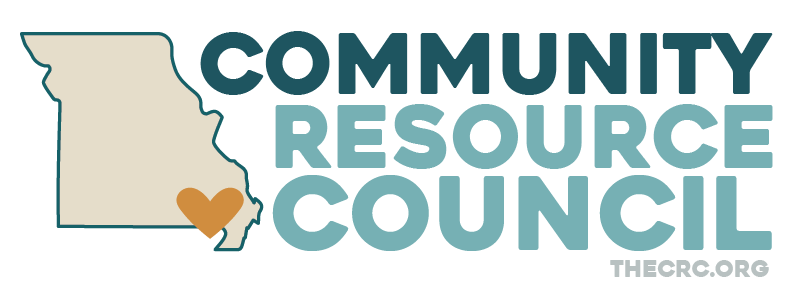As we have discussed in previous blog posts protective factors present in a child’s life are proven to reduce the risk of youth substance use. Today’s protective factor is healthy physical development. Think back for a moment to when your child was first born. You may have heard a lot about developmental milestones from the nurses, your pediatrician, and even any early childhood educators. These milestones helped guide you to know when your child should be rolling over, crawling, walking, and even talking. These milestones are developed and published by the CDC to ensure that children are developing the way they should, and at the rate they should. These guidelines can be a huge help to first time parents who aren’t sure what is “normal” for a child at any age.
I’ll be honest, when my son was first born I had the list of milestones on the refrigerator in my home. I looked at them often and was very aware of the things that my son needed to be doing and by when. I’m not sure when it happened, but sometime between then and now the list is gone, and I have no idea what my child “should” be able to do. There is always discussion at our annual wellness checkups with the pediatrician about if my child is meeting all the developmental milestones, but outside of that it isn’t something I think about often. The internet is a great resource, however sometimes the vast amount of information presented can be overwhelming to many parents when they are trying to find information to help their child. I am no expert on developmental milestones, so today I would like to focus on sharing a specific resource with you.
If your child is 5 years old or younger, the CDC has published a list of developmental milestones. These milestones are categorized by age and include many different categories such as physical, social/ emotional, language/ communication, and many more. You can find these on the CDC App, or by visiting their website at CDC’s Developmental Milestones | CDC.
What about when our children are older than 5? Is there still a list of healthy developmental milestones? Absolutely! You can visit this website Positive Parenting Tips | CDC and click on your child’s age group. There is a list of developmental milestones for your child’s age group as well as a list of parenting tips for parenting during that age range, and tips on keeping your child healthy. These are extremely helpful and thorough. You can also find a list of specific conditions such as ADHD, Anxiety, and Learning Disorders. If you click on the specific condition you can see research, data, and recommendations for parenting children with the specific conditions. Again, there are many lists of developmental milestones on the internet, however this list is extremely reliable, and used by most pediatricians and early childhood educators.
Now that you know where to find information about healthy physical development, lets talk about why its important. Healthy physical development is listed as a protective factor for many reasons. Healthy physical development is linked to many of the other protective and risk factors that we have already discussed. One example of this is the protective factor of academic achievement, healthy physical development is critical to your child’s success in the school setting. Healthy physical development is also strongly correlated with becoming independent, strong social emotional skills, self-efficacy, and belief in the future. It is important that we know what our child should be able to do at their age so that we can recognize if they are not meeting those developmental milestones.
I would also like to spend a little time talking about what you can do if your child is not meeting the developmental milestones outlined by the CDC. First, I would start by discussing your concerns with your child’s pediatrician and/or their classroom teacher. There are many different providers who can help your child depending on the milestone they are needing to work on. For example, if the child is struggling to meet a physical milestone, they may need help from a physical therapist. If your child is struggling with language or speech, it is possible they could benefit from working with a Speech Language Pathologist. If your child is in school, there may be additional testing the school can provide free of charge to determine if your child may need help from a professional. Your child’s pediatrician also has many tools to determine if your child may need extra support. These conversations can sometimes be hard for parents to have because we all want our children to be happy and healthy. I want to encourage you to have the conversation! Early intervention is the key and may help your child be able to overcome the challenges they are facing and move on to a happy and healthy life!
